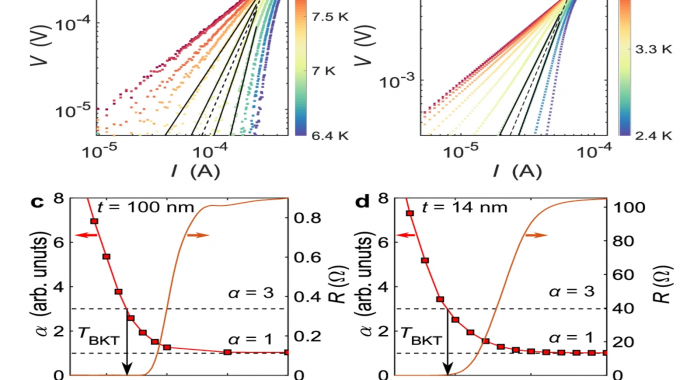
Suppression of superconductivity and enhanced critical field anisotropy in thin flakes of FeSe
Authors: Liam S. Farrar, Matthew Bristow, Amir A. Haghighirad, Alix McCollam, Simon J. Bending and Amalia I. Coldea
npj Quantum Mater. 5, 29 (2020)
Abstract: FeSe is a unique superconductor that can be manipulated to enhance its superconductivity using different routes, while its monolayer form grown on different substrates reaches a record high temperature for a two-dimensional system. In order to understand the role played by the substrate and the reduced dimensionality on superconductivity, we examine the superconducting properties of exfoliated FeSe thin flakes by reducing the thickness from bulk down towards 9 nm. Magnetotransport measurements performed in magnetic fields up to 16 T and temperatures down to 2 K help to build up complete superconducting phase diagrams of different thickness flakes. While the thick flakes resemble the bulk behaviour, by reducing the thickness the superconductivity of FeSe flakes is suppressed. The observation of the vortex-antivortex unbinding transition in different flakes provide a direct signature of a dominant two-dimensional pairing channel. However, the upper critical field reflects the evolution of the multi-band nature of superconductivity in FeSe becoming highly two-dimensional and strongly anisotropic only in the thin limit. Our study provides detailed insights into the evolution of the superconducting properties of a multi-band superconductor FeSe in the thin limit in the absence of a dopant substrate.
